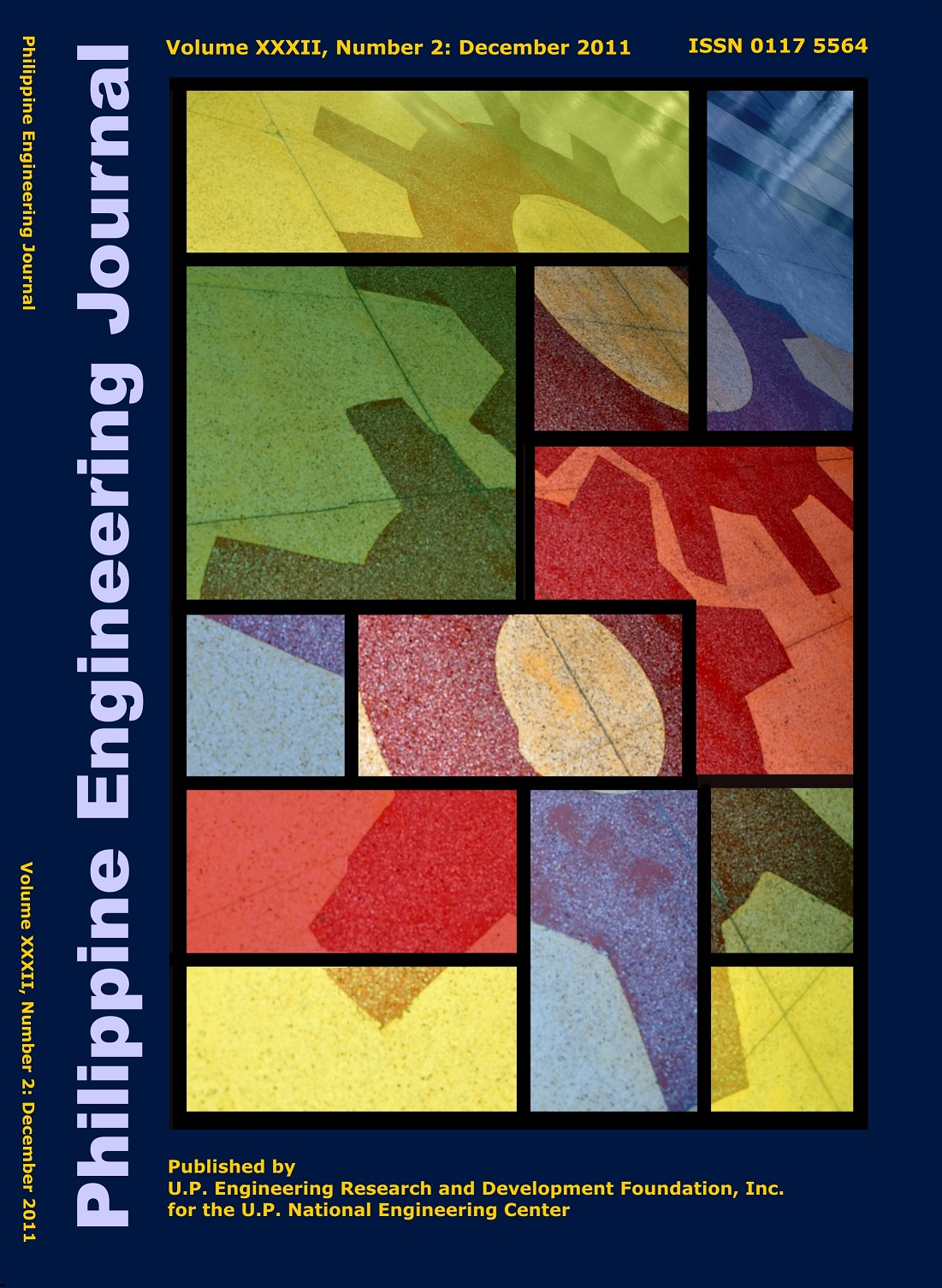Quezon City Solid Waste Controlled Disposal Facility: Waste Analysis and Characterization Study
Abstract
The objectives of the Waste Analysis and Characterization Study at the Quezon City Solid Waste Controlled Disposal Facility in Payatas are to design a waste analysis and characterization framework and to determine the types, amount, moisture content, bulk density and calorific value of the wastes delivered at the facility coming from the different sectors (households, commercial establishment, road networks, markets and institutions) of the four (4) districts of Quezon City.
The survey framework employed was designed for on-site final disposal waste characterization and analysis. The sampling design resulted to the generation of a total of 337 truck-tips using stratified random sampling comprising of 12.8% of the total number of trips per day during the daily official operation time from 05:00 to 22:00 hours as permitted by the facility.
The waste mass components are: paper (6.7%); food and kitchen waste (9%); textile, rubber and leather (5.8%); plastic (14.9%); garden / yard waste (13.6%); other combustible (1.3%); metals (0.7%); glass (0.3%); and other non-combustible (47.7%). The daily composition of wastes is relatively similar among the four districts of Quezon City. The average moisture content is 46% the average bulk density is 142 kg/m3, the average net calorific value is 2,697 kcal/kg and the chemical formula derived is C641H1760O613N11S. The results require a high temperature waste disposal system such as a pyrolyzer to dispose the mostly plastic materials, inorganic, non-recyclable and residuals; a systematic and expanded materials recovery facility to recycle the non-combustible such as glass and metals; and a sanitary landfill to cater for the biodegradable.


